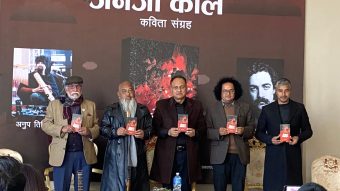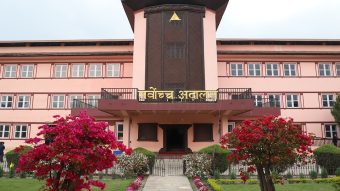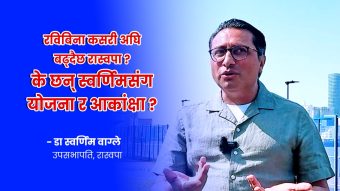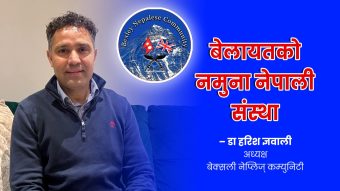Natural disaster, NRNA and the role of diaspora



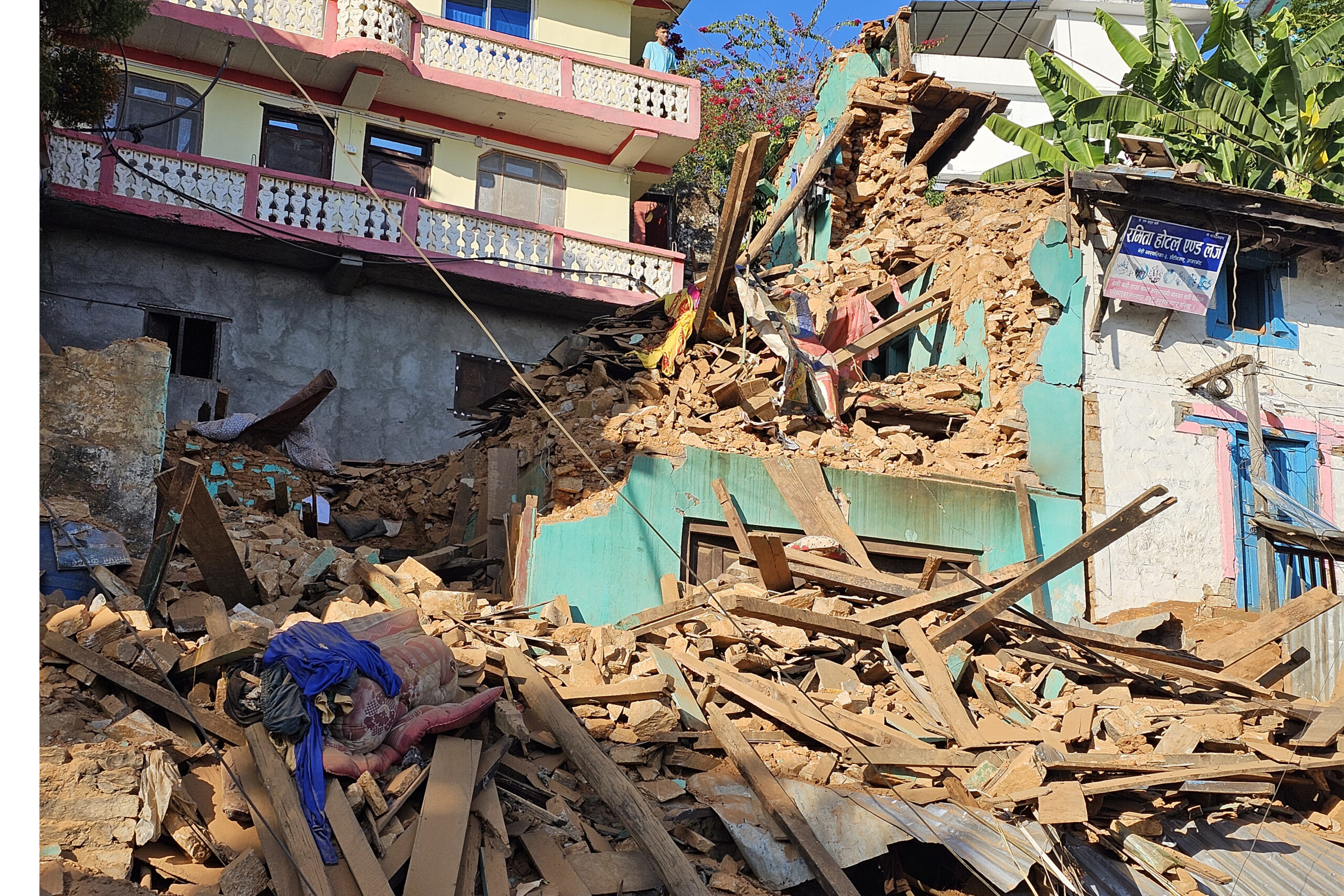
Picture- RSS
Nepal is the 11th most earthquake-prone country in the world. Due to continuous movement of the Indian plate in Hindu-Kush-Himalaya (HKH) and Nepal’s location in the middle of HKH, Nepal is likely to face several earthquakes of magnitude greater than 4 every year. The recent earthquake with a magnitude of 6.4 in Jajarkot district followed by an aftershock shook Nepal and Nepalese people again. The earthquake caused a heavy loss of property and over 150 human lives. This disaster has again exposed that many houses in rural areas didn’t follow the building code and were built from stone and mud.
Nepal has a robust National Building Code which covers general building design requirements in compliance with the Bhawan Ain–2055 (The Building Act). The principal focus is on the safety of occupants in a building during Earthquakes, Fires, and Natural Disasters.
Nepal building codes were developed over recent years after a long process of consultation by the National Reconstruction Authority post-Gorkha earthquake. Experts suggest that traditional building knowledge coupled with technical advances needs to be integrated during reconstruction to make it affordable and adaptable by local people. Due to the remoteness of the mountainous terrain, compliance and follow-up of the building code is a major challenge and in the absence of a suitable mechanism to provide enough technical experts in remote, rural areas, the building code is not implemented. The Jajarkot disaster has clearly shown that 60% of the houses were made of stone and mud and the situation in mostly same in rural areas.
Nepal’s disaster governance is guided by the Constitution (2015 AD) and the Disaster Risk Reduction and Management (DRRM) Act (2017 AD) which highlights the lead role of provincial and federal authorities. The report 2020 articulates clearly on the “delineation of authority, responsibility and accountability between federal, provincial and local levels according to the nature, intensity and scale of the disaster.”
The Government of Nepal, Ministry of Home Affairs (MoHA), and Disaster Preparedness Network-Nepal (DPNet-Nepal) publish the Nepal Disaster Report (NDR) every two years of interval. It is expected that the report would be of benefit to all the stakeholders including Non Resident Nepali Association.
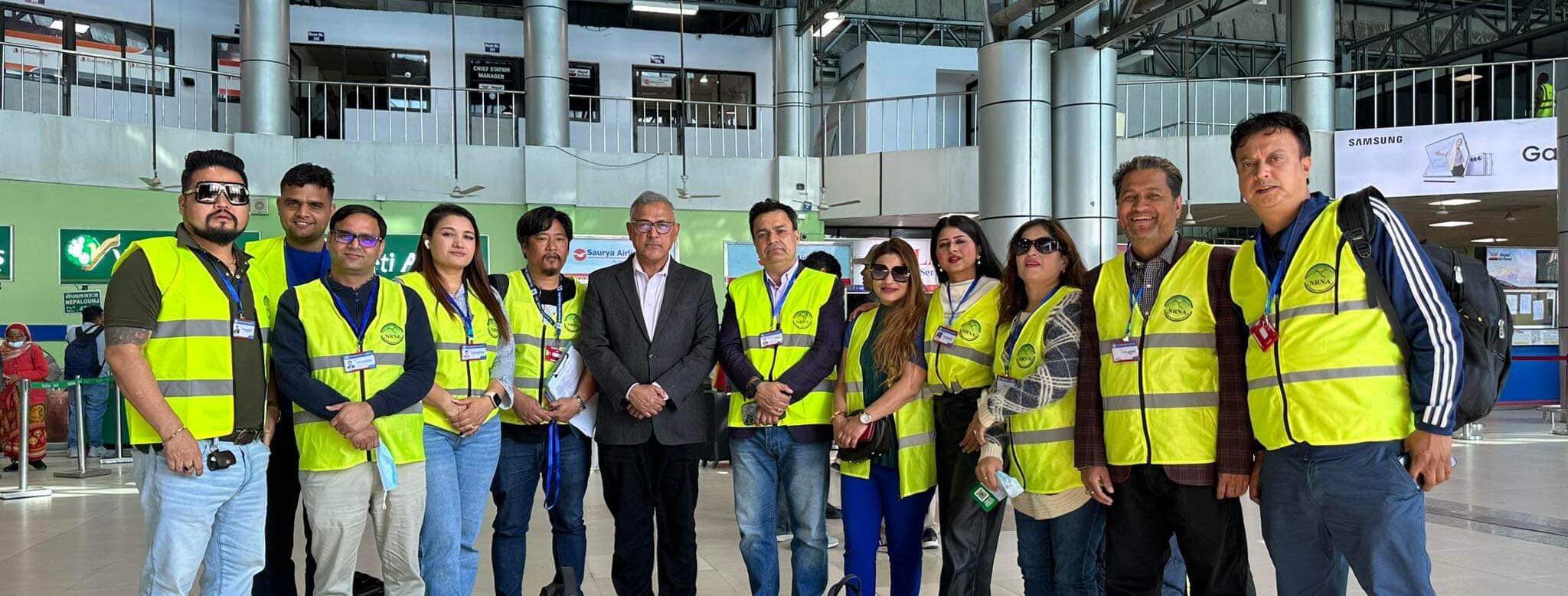
As always, in response to such a calamity, the diaspora community united under NRNA and other organizational banners to provide immediate relief on the ground. NRNA, the largest diaspora organisation plays a major role taking a lead role in relief measures with support from an estimted 8 million Nepalese diaspora in 100 different countries. The health committee of the NRNA conducted medical and health workshops and carry out rescue efforts using diaspora health professionals and volunteers working with Nepali authorities. In Jajarkot disaster also NRNA led by Dr Badri KC set up a relief fund of Rs 1 crore and contributed Rs 10 lakh to the government relief fund and mobilized volunteers in rescue efforts and health workshop. Other diaspora groups also reached Jajarkot and Rukum West districts and distributed relief materials.
In the 2015 earthquake, NRNA worked closely with the National Reconstruction Authority to build 573 houses at Laprak, Gorkha district. During the COVID pandemic crisis in 2020-21, NRNA donated 560 medical oxygen cylinders and accessories such as test kits, masks, gloves, etc. to all 7 provinces in coordination with the Nepal Government.
NRNA recognizes the importance of Philanthropy and Charity and has provisioned the establishment of the NRNA Foundation to channel funds and resources from different parts of the world during natural disasters.
There is an overdue expectation from both the Diaspora and Government that NRNA should equally contribute on knowledge and technical know-how fronts working closely with government-concerned departments and agencies to help build disaster-resilient standards infrastructure such as buildings, schools, roads, and in disaster preparedness, mitigation, and rehabilitation.
In the recently concluded Global Knowledge 2023 convention, the symposium session on “Sustainable Environment Disaster and Risk Management” discussed the challenges and opportunities related to mitigating climate-related disasters, Disaster Preparedness and Early Warning Systems, Disaster Response and Recovery, Policy Framework, and Policy Gaps. The session emphasized the urgent need of importance of diaspora knowledge and expertise and pledged to work in close collaboration with Nepali policymakers to gather evidence to develop critical elements for disaster, and risk management, take the initiative to form a consultative committee under Skill Knowledge and Technology Transfer (SKTT) Department and Nepal Science Foundation Trust (NSFT) to mobilize diaspora knowledge and technical expertise in disaster and risk preparedness and Management areas.
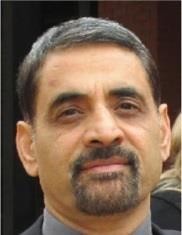
By Dr Raju Adhikari
Nepal Academy of Science and Technology is also working on projects relating to preparing the community for Early Warning System EEW, developing a module for earthquake preparedness: earthquake evacuation protocols and drills and background noise analysis of seismic sites to increase earthquake awareness and improve preparedness, and to reduce seismic risk. Carrying out educational activities in earthquake evacuation drills and raising earthquake awareness is also part of the project for the successful implementation of EEW.
NRNA has already signed an MOU with NAST and should take the initiative to set up a high-level committee with representatives from relevant sectors to work on disaster preparedness and mitigation. Major universities of Nepal teach disaster preparedness, response, recovery, and mitigation-related subjects at undergraduate and graduate level academic programs. Academic institutions have a great role in generating much-needed technical human resources and disseminating new knowledge on disaster reduction management. NRNA has experts in this area in overseas academic institutions and global scholar exchange program can be a useful forum for sharing knowledge and expertise and supervising research in this area.
GKC committee held a recent meeting with Prof Rajesh Dhakal, New Zealand, who also worked earlier with the National Reconstruction Authority and played an important role in setting up the building code. As an expert in non-structural elements, seismic loss assessment, modelling and analysis of RC structures, performance-based earthquake engineering, issues around traditional and emerging seismic design approaches, seismic performance, and design of shear walls, he shared his thoughts on the way forward and NRNA’s expertise role in technical areas. The meeting also highlighted the GKC declaration to prepare a positional paper on STI and disaster preparedness and mitigation as the first step in the right direction.
(Dr Adhikari was the Chair of Global Knowledge Convention organised by the NRNA in Kathmandu in October 2023).







